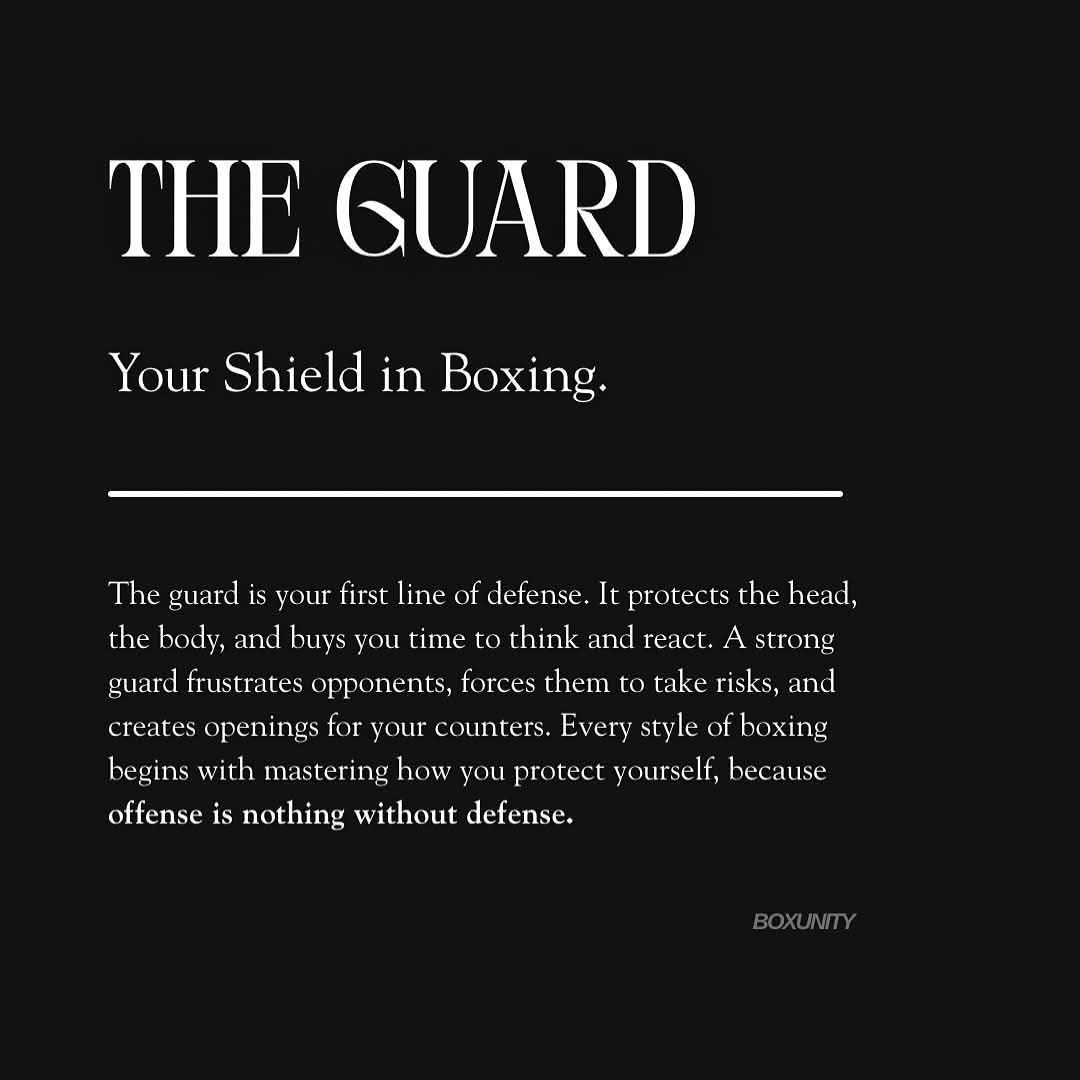Boxers are known to suffer from neurological problems, primarily due to recurrent head injuries sustained in the sport. These injuries, a result of repeated concussive and sub-concussive blows, can lead to long-term neurological disorders such as Chronic Traumatic Encephalopathy (CTE).
In this connection, boxers should always be reminded on the importance of protecting their head from absorbing excessive punches.
We’ve seen boxers who care less on protecting themselves end up suffering from neurological condtions after they step out of the ring owing to repeated head blows.
The head is the engine of the boxer. Therefore let’s not bury our heads in the sand on the fact that boxing is a dangerous sport but a sweet science and a philosophy if a boxer applies all the faculties of the mind and avoids losing concentration in the ring.
Symptoms can include cognitive decline, memory loss, mood changes, behavioral issues like anger control problems, and motor dysfunctions such as slurred speech (dysarthria) and balance problems, which can manifest as Parkinsonism.
Common Neurological Conditions in Boxers
Chronic Traumatic Encephalopathy (CTE):
This progressive, irreversible brain condition is caused by repeated head trauma and is sometimes called dementia pugilistica or punch-drunk syndrome. CTE can result in cognitive, motor, and behavioral issues.
Parkinsonism:
Repeated blows to the head can increase a boxer’s risk of developing symptoms similar to Parkinson’s disease, though it may differ from the typical presentation.
Acute Brain Injury (Concussion):
While a concussion is a shorter-term effect of head trauma, multiple concussions increase the risk of more severe and chronic conditions like CTE.
Symptoms of Neurological Problems
Cognitive Impairment:
Memory loss, confusion, and difficulty with cognitive functions.
Motor Dysfunction:
Slurred speech (dysarthria), problems with balance, and involuntary movements.
Mood and Behavior Changes:
Depression, anxiety, anger, paranoia, and personality changes.
Risk Factors and Prevention Repetitive Head Trauma:
The primary risk factor is the cumulative effect of punches and sub-concussive blows to the head over time.
Professional Boxing:
The risk is higher for professional boxers compared to amateurs, though head injuries can occur in both.
Bout Numbers and Career Duration:
More fights and longer careers are associated with a higher risk of head injury and subsequent neurological problems.
Preventing brain injuries in boxing is difficult, but measures such as medical control and disqualifying blows to the head are considered ways to mitigate risk.
